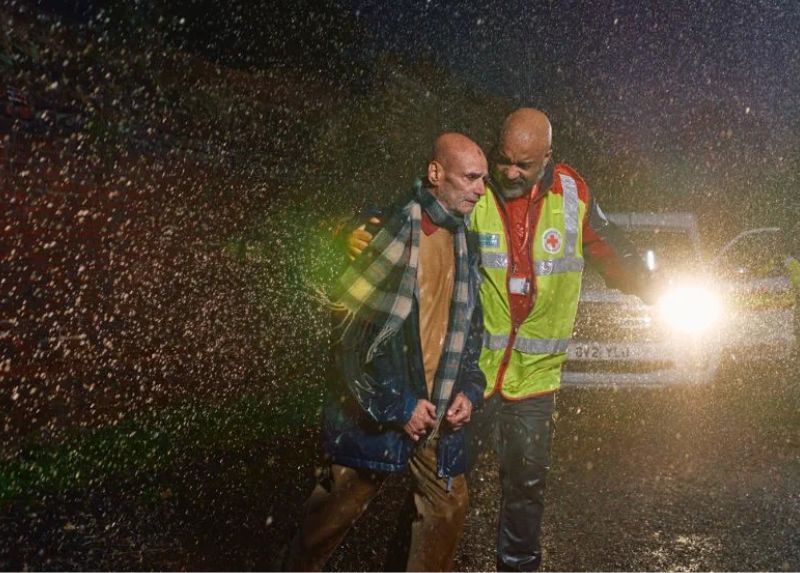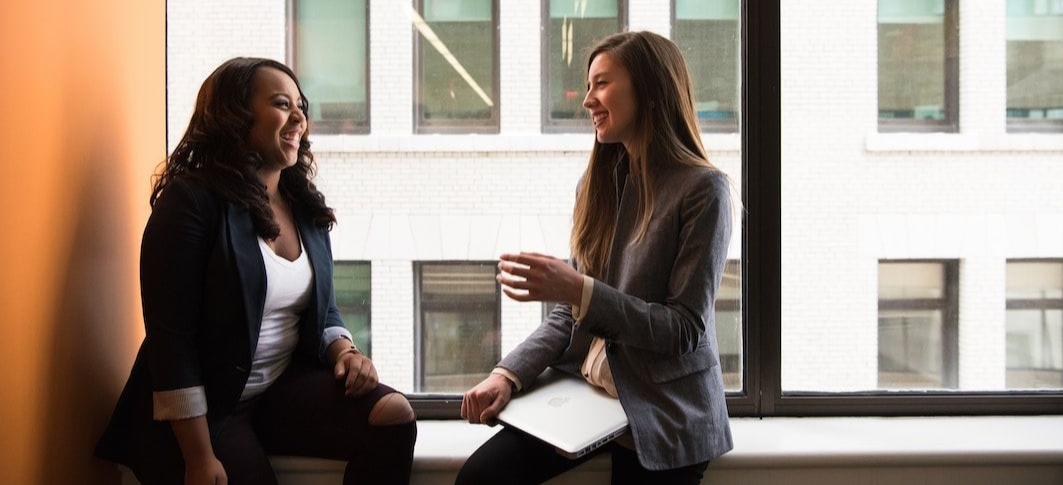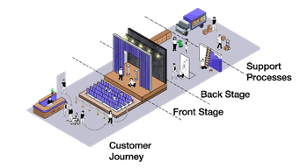
A journey towards a great EX at the British Red Cross
With a specific ambition to ‘create a better employee experience’ forming part of the People pillar of its new 10 year strategy, EX had the explicit backing of the top team and work soon began to deliver on this commitment. But, as this illuminating EX Files case study shows, driving positive change in such a large, long-established and multi-faceted organisation isn’t always quick or easy – it requires flexibility, self-reflection, patience and dogged determination to succeed.
A large and complex organisation
Delivering all this takes a large and complex organisation, with more than 4,000 direct employees and a further 13,000 volunteers. Employee roles are many and varied and include home-based or office-based teams, people providing community-based care, people based in hospitals, drivers, retail employees and many more.
...says Sam Whitwham, People Experience Manager, who was part of the team tasked with delivering on the organisation’s EX ambition.

The journey so far
In April 2023, the team launched the ‘Employee Experience Design’ project to showcase how a more human-centric approach builds certainty that products and services developed for employees will work. Sam explains:
So how did they go about this?
Design thinking is a way of problem solving that puts the user of a product or service – in this case the employee – at the heart of the process. It’s something we’ll explore in considerable depth in our EX Designer Masterclass, launching early 2024.
Under Laura’s expert guidance, the team followed the classic five-step design thinking approach - empathise, define, ideate, prototype and test – to start to refresh the EX.
The work started with insight-gathering over a period of about three months. This involved desk-based research to review various internal data, and a series of interviews with members of the People Services team and frontline employees to really understand the employee journey and unearth issues and challenges.
Applying systems thinking to address career progression


Creating system maps isn’t without its challenges. Service designers sometimes hesitate to create them because the end result often gets filed away and forgotten. To overcome this, we made the mapping process a team sport. We involved stakeholders in the creation of the systems map during the remaining half of the one-on-one interviews.
We also sent out weekly updates on our research activities and findings, to an even wider group of stakeholders with an interest or influence in the world of career progression. We’re testing which communication channels are most effective at getting engagement by embedding bit.ly links into messages and tracking the click-through rates. So far, our most effective channel has been 25-minute ‘Show and Tells’.
When co-creating and sharing the map, we intentionally left it looking incomplete. As a rule, if you want people to give you honest feedback, make things that look unfinished, imperfect — generally a bit scrappy. If it looks like a polished final product, people hold back from sharing their full perspective. In the complex world of employee experiences, where multiple factors influence outcomes, embracing the inherently messy nature of systems maps proved beneficial.
Now that we have gained insight into the current landscape of career progression within the British Red Cross, our next phase involves closely engaging with our employees, actively listening to their experiences, and getting a firsthand view of career progression from the ‘front stage.’
Within our organisational constraints, our focus will be on enhancing existing products and services rather than creating new ones. Our aim is to collaborate with local teams in sifting through the multitude of career progression opportunities already available. This collaborative effort will involve pinpointing those opportunities that can have the most substantial positive impact on our employees and subsequently enhancing these services to better align with their needs.”
These employee journey ‘deep dives’ have become one of five priorities for the team, alongside ‘building capability’, ‘listening and building trust’, ‘improving existing experiences’ and ‘defining the EX ‘North Star’.
Three big challenges
“First, understanding of service design and design thinking was low, so we had to work hard to educate everyone touched by it, including senior leaders’’, said Sam.
“Early on we identified a small cross functional group of champions whose support we needed, and building relationships with this group has been absolutely vital. There were already pockets of excellence in terms of service design across the organisation – for example the Service Transformation Team, which is part of the IT function, and also within our co-production team, so we worked hard to build a strong coalition with these groups and enlist their support.”
One of the biggest challenges Laura and Sam have faced is the need to shift the mindset of the organisation away from the historic, organisation-focused approach to one that is genuinely focused on human/user needs. Coaching and mentoring has really helped here – it’s a matter of slowing building those relationships, winning over one stakeholder at a time and continually widening that circle of influence. Hand-in-hand with this, the team needed to build trust in the process and demystify what can be quite a challenging concept. Storytelling has been a really effective way to break down these barriers and build understanding and confidence in the service design approach.
Lessons so far
1. Build resilience
Be ready to have challenging conversations. “Not everyone will buy into the service design approach or accept that this is a better way to understand the root causes of positive or negative employee experiences , so you need to have thick skin and be prepared for a lot of tough questions”, says Sam. “Ensuring the whole team understands the fundamentals and then building a network of supporters around you is also vital”.
2. Start small
“Taking on too much too soon can be overwhelming" says Sam, “so we recommend starting small, demonstrating the positive impact this approach has in one discreet area and slowing broadening out from there. We talk a lot about ‘starting small fires’ and that’s very much our philosophy – if we can ignite progress in a number of areas, the EX fire will start to spread.”
3. ‘Work in the open’
“It’s important to share insights continually and demonstrate that you know the employees – who they are, where they are, what makes them tick -. There’s also massive value in being a connector and joining-the-dots between different initiatives,” adds Sam.
“We spotted early on that there was a degree of duplication happening – different parts of the organisation were approaching the same core problem in different ways. Where we identified this sort of silo thinking, we worked really hard to join the dots for people and build relationships across the functions. That’s been a really important part of our role so far – when you look at activities through the lens of the end user, the employee, you can see how they overlap and connect.”
About Laura
Laura Ewell is a seasoned Service Designer blending 6 years of expertise in non-profits and tech start-ups. Their passion for human sciences and emerging technologies, coupled with a keenness to crafting innovative solutions to complex problems, drives their mission to address social challenges. Also trained as a yoga teacher, Laura integrates creative trauma-informed practices into their design philosophy, emphasising empowerment, collaboration, and safety. Laura’s current work at the British Red Cross focuses on building values-driven and employee-centred workplaces to deliver strategic impact.
About
Sam
Sam Whitwham is a communications and employee engagement professional with more than 25 years’ experience of putting people at the heart of her work. In her current role as People Experience Manager at British Red Cross, Sam plays a pivotal role in leading and designing initiatives that elevate the employee experience. Understanding the ‘people’ stories behind data and making sense of that information drives Sam to advocate for an inclusive, people-centre workplace where employees can thrive.

